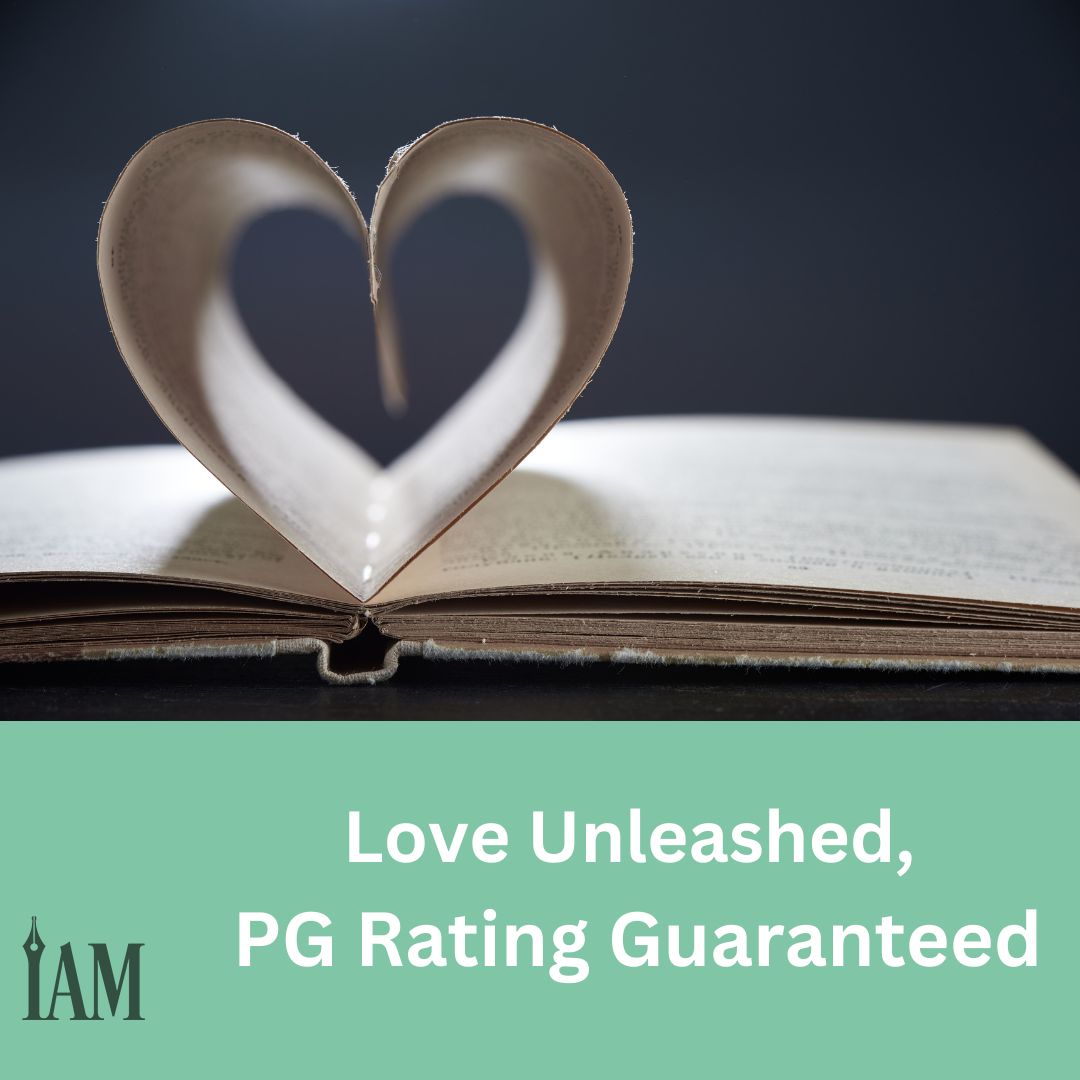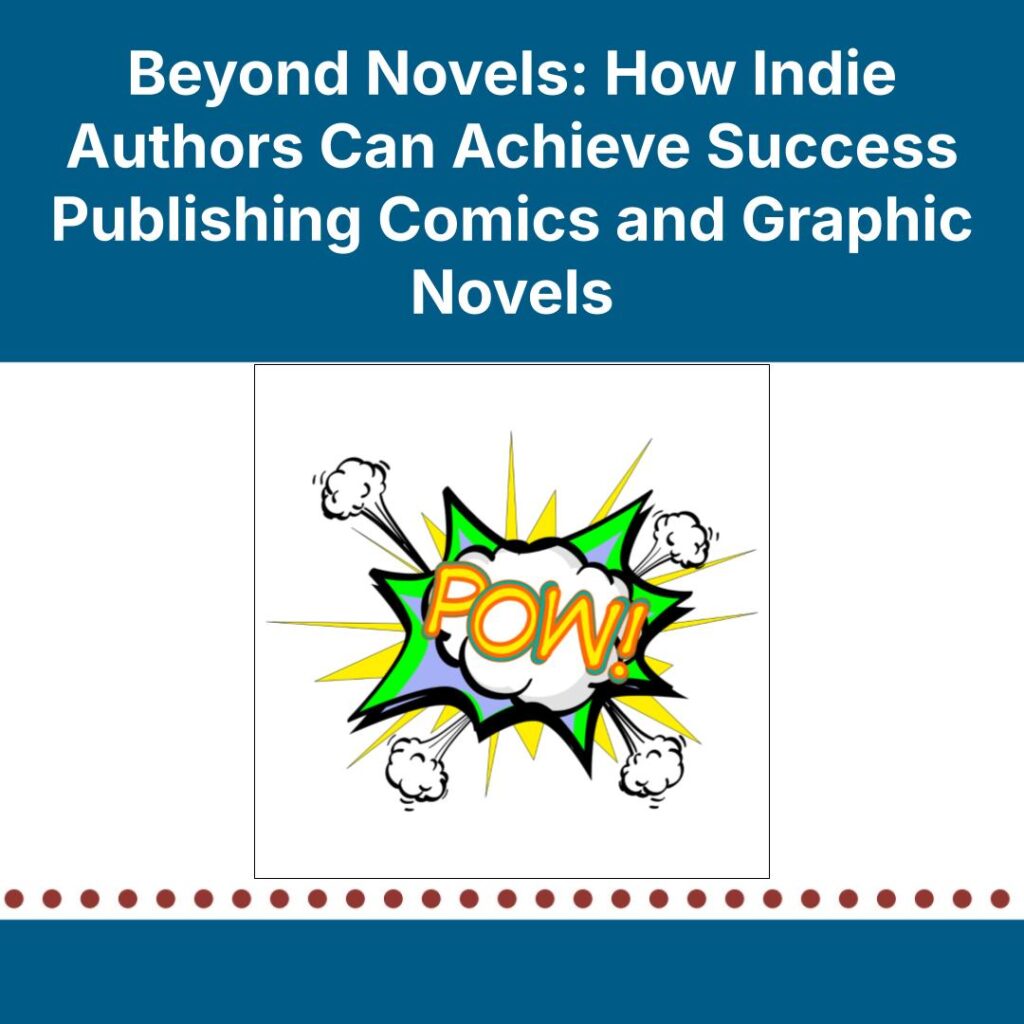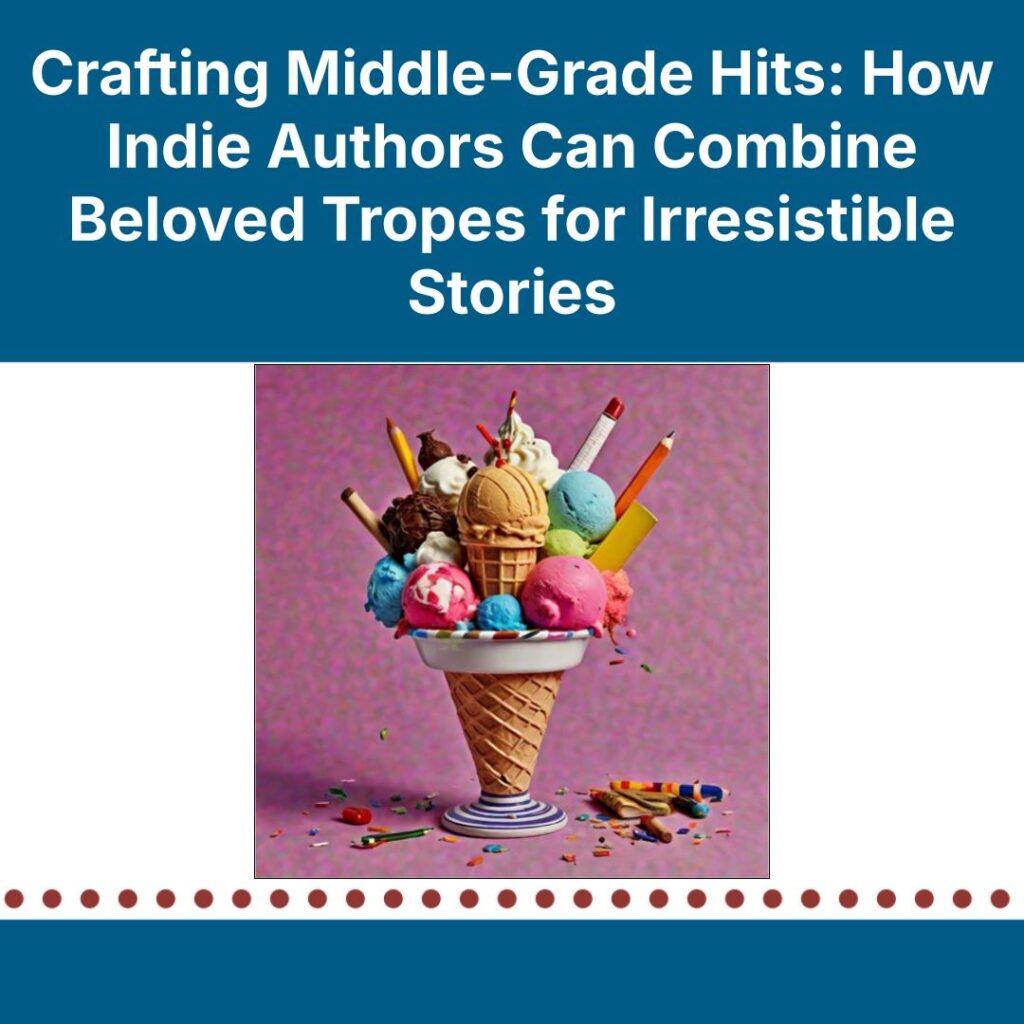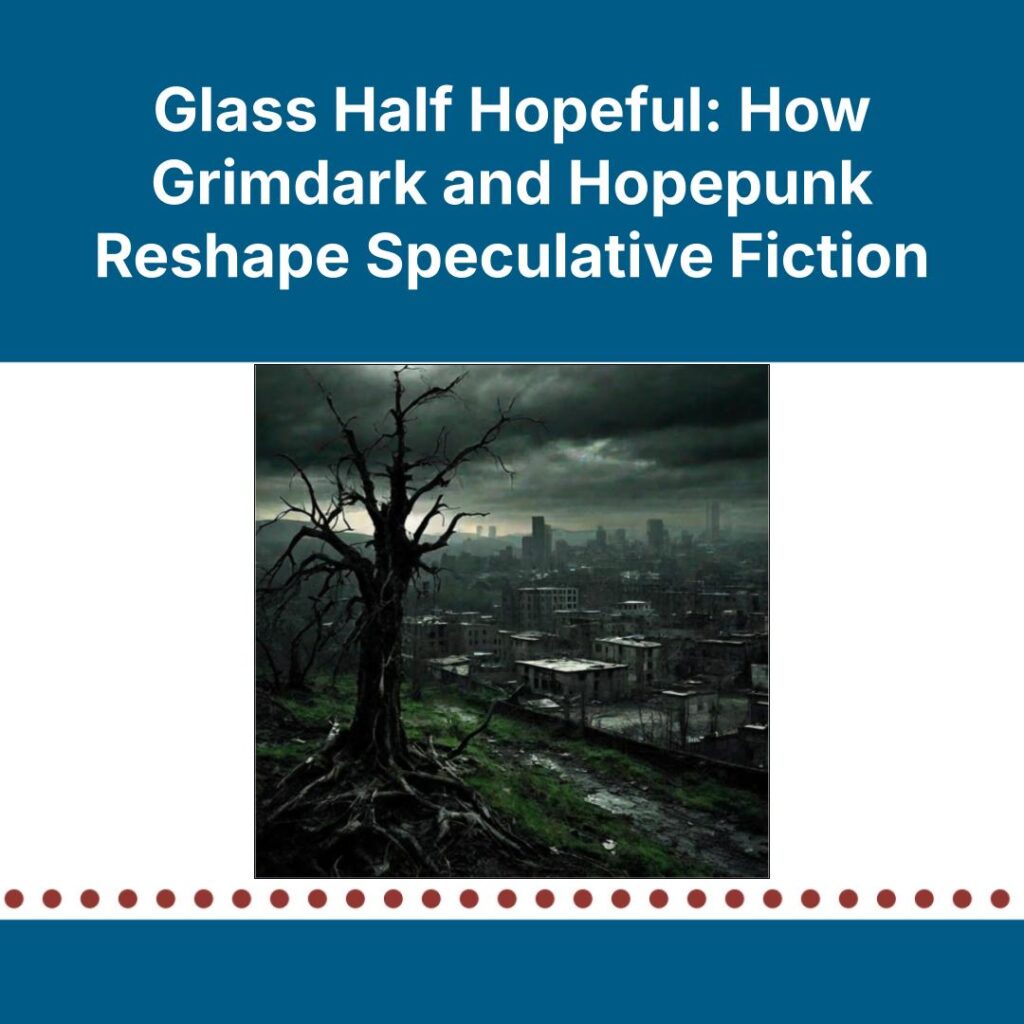In 2022, the Romance genre generated nearly one and a half billion dollars in sales, making it the highest-earning genre in fiction. It was also the fastest-growing fiction genre, contributing to 66 percent of adult fiction growth, according to statistics shared by data research group WordsRated (https://wordsrated.com/romance-novel-sales-statistics/). Clearly, people love to read about love.
The good news is that the audience is vast for authors in the Romance genre. It can be difficult, however, to understand which subgenre your writing style falls into and how to reach those readers best. Clean Romance, often also called Wholesome or Sweet Romance, has increased in popularity over the last several years, and in 2016, Amazon introduced its Clean & Wholesome Romance category, which in itself became a roaring success. But as the subgenre has grown, so too has the controversy surrounding it and what belongs—or doesn’t belong—in the category.
Like “spicy” or “steamy” descriptions, clean stories can mean various things to various people. Readers, reviewers, and authors in various genres have used the term to mean no cursing, no violence, or no sex scenes, but the range of what this looks like can be daunting. Fortunately, there are a few steadfast rules surrounding the Romance genre, and no matter how much authors debate how stories should be labeled, reader expectations are the ultimate yardstick by which a romance author should measure their story.
So where do you draw the line in order for something to be labeled “clean”? What do readers expect, and how can you, as an author, meet those expectations? Are there resources for marketing “clean” books that might help attract the proper audience to your stories?
The Importance of Labels (No Matter How Much We Hate Them!)
There is a large debate in the author world about the implications of labeling certain fiction as “clean,” but regardless of where you stand, readers looking for a particular type of book may have the final say. Until books have a universal rating system like TV or movies, categorizing stories within the immense genre of Romance comes down to using categories or labels that target readers recognize, such as Contemporary Christian Romance, Religious Romance, and Clean & Wholesome Romance.
Many books are also recently adopting the “Sweet” Romance label, which seems to carry a slightly different meaning than those labeled “Clean.” This classification encompasses stories where romance is light and bedroom scenes fade to black. Readers often refer to Sweet Romance as clean, innocent, wholesome, or “rated G,” in reference to film rating standards of the Motion Picture Association of America. But “Clean” Romance is often solidly rated G whereas “Sweet” seems to have a little more leeway and drift into a PG rating. This simply means that readers of stories labeled “clean” may expect no heat whatsoever, but readers of stories labeled “sweet” may be more accepting of small doses of on-page affection. Language can also be a significant consideration for stories labeled clean, sweet, or wholesome. Most readers in these categories do not want to see swearing of any kind—it’s almost as important a requirement for some as the romance angle.
Balancing Reader Expectations with Creative Writing
In an ideal world, the Romance genre would have a rating system comparable to TV or movie ratings with a list anyone can access. (I remember when TV ratings were initially improvised. It made television viewing so much easier!) The time may come when book ratings are standardized, but for now, authors have the difficult task of managing and meeting their readers’ expectations.
Sweet or Clean Romance has virtually no limit to the storyline, so you can write about cowboys, billionaires, geeks, the guy or gal next door, paranormal or fantasy themes, historical romance, romantic comedy, and so on. As long as the relationship develops without readers watching what happens behind closed doors, you can don the label of “clean” or “sweet.” And while the debate among authors about labels and meaning in “Clean” Romance is hot, the agreement among genre readers is strong that the stories shouldn’t be.
Know Thy Reader
The key to success as an author is to know who your readers are, what they expect or want, and how to give them stories that keep turning pages and putting dollars in your pocket. To this end, book promotion sites and reader reviews can provide valuable information.
Book promotion sites have two goals: to gain new subscribers, and to keep those subscribers happy so authors will spend money to advertise to them. Whether you use a promotion site, their guidelines for marketing to readers can help you understand what your ideal readers may look for. Below are a few sites that market to Romance readers; though people have differing views about how much steam to play with, these sites can be helpful thanks to the fairly specific content guidelines they provide for authors in each subgenre.
- The Fussy Librarian: https://thefussylibrarian.com/advertising/about-the-content-ratings
- Full Hearts Romance: https://fullheartsromance.com/heat-description
- Rated Reads: https://ratedreads.com
- My Book Cave: https://mybookcave.com/mybookratings
K-lytics’ 2023 Clean & Wholesome Romance market report also includes data and information on the subgenre and its expectations. The report is $37 and can be purchased at https://k-lytics.com/clean-romance.
Ultimately, the requirements for a book to fit the “clean,” “sweet” or “clean and wholesome” labels are mostly straightforward. If you aren’t finding happy readers or feel the level of physical intimacy, language, or other aspects of your story push the envelope, consider listing your title in a different subgenre, and be specific in your blurb about the level of spice or steam laid across the pages. The beauty of publishing in today’s digital marketplace is that you’re free to explore what works for you and your style, and you’ll find readers who love you for it.










